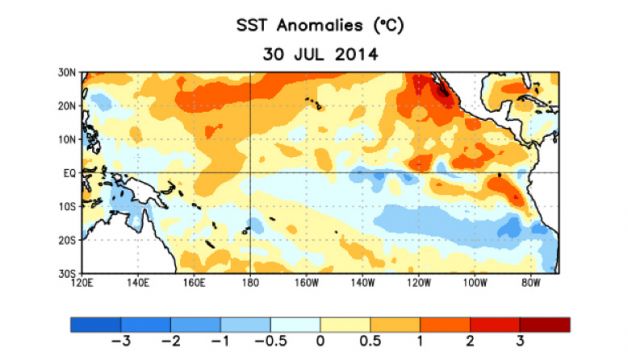Folsom Lake levels are high enough to fend off a 5 mph speed limit for Labor Day weekend — and boaters are pleasantly surprised, considering the statewide drought.
“We get to still use the lake. Summer is not over for us,” said Tim Vas Dias, a boater who uses Folsom Lake often. “We thought it would be closed by July 4 with the shortage of water and the drought situation we have here in California.”
Park officials told KCRA 3 on Thursday they will hold off on the 5 mph speed limit until after the holiday weekend.
The 5 mph speed limit is often imposed when the level of the lake is so low that there are many obstructions, like exposed rocks or old tree stumps.
The limit is often seen as the end of the season for boaters. The trigger for imposing the 5 mph speed limit is a lake level of about 400 feet.
Currently, Folsom Lake stands at about 400.54 inches.
People who use the lake frequently thought the drought would have dropped the lake levels much faster.
“Honestly, I thought they were going to have 5 mph in place a long time ago the way the lake was dropping,” said Mark Lerch, who uses the lake almost every day after work by taking out his personal watercraft. “It was dropping so quick, it seemed like a foot or two a day at the start of summer.”
State water officials said the reason the lake level on Folsom has not dropped faster is that this year, they have managed the water systems, upriver and down, even more meticulously than ever.
More at KCRA.com >>>

